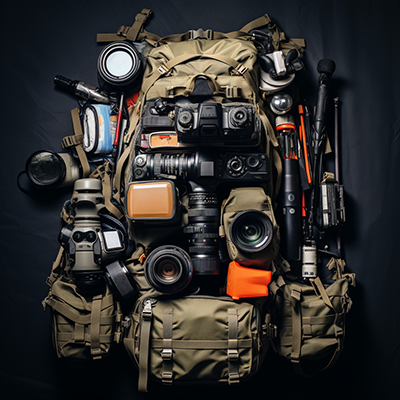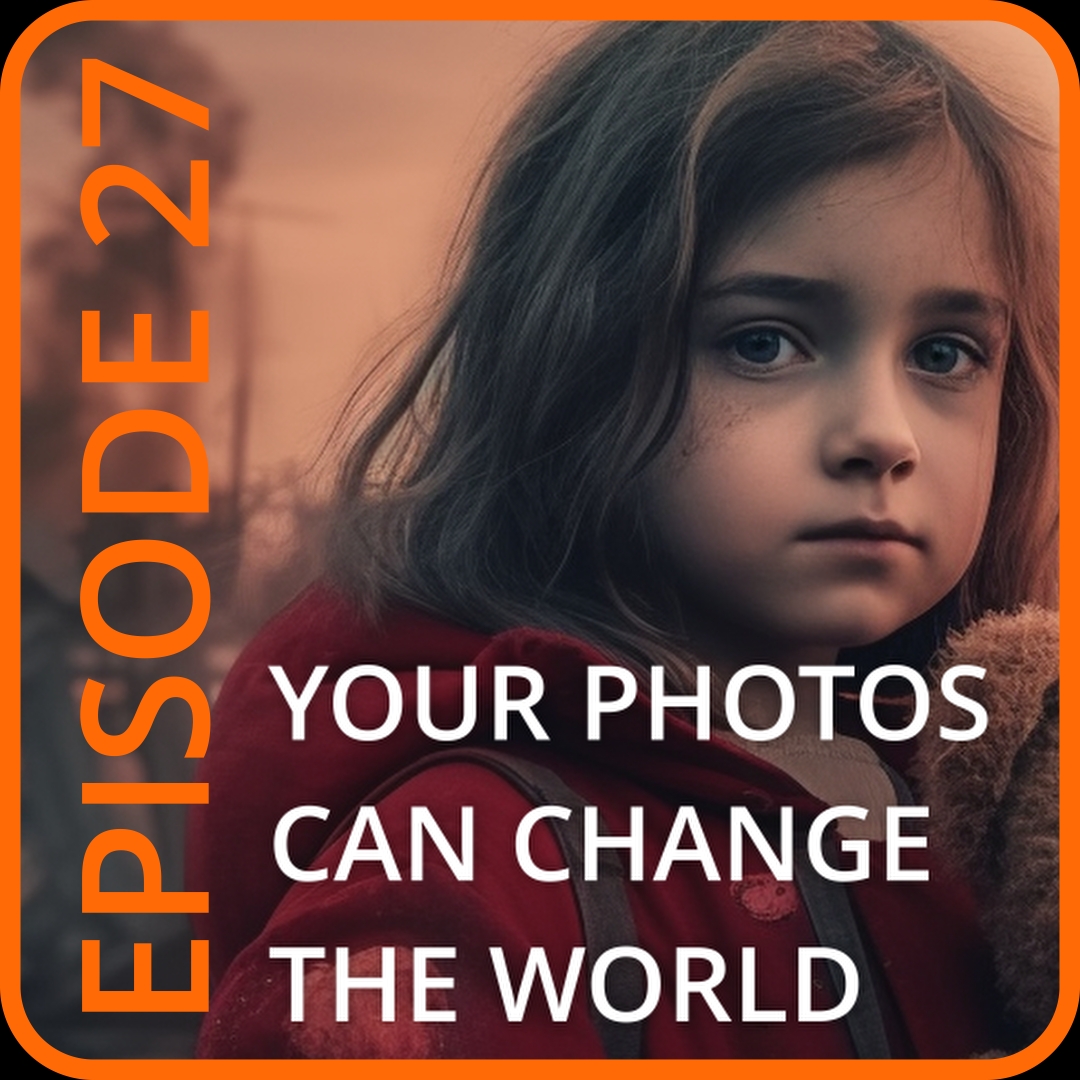Please note this post may contain affiliate links picked by me (Jay) that I have deemed may be of interest or relevant to you the reader of this.
These links do not affect the cost of the thing if you decide to purchase but i may get a little money if you choose to purchase.
For more information on my affiliate link policy click here.
Episode 11 – Planning a Perfect Photo Day: Tips and Tricks for Photographers
Welcome to The Photography Junkie, where we dive deep into the world of photography and share our passion with fellow enthusiasts. I’m your host, Jay, and in today’s episode, we’ll explore the essentials for planning a photo day, the power of computational photography, and the emergence of the “Airbnb of photo gear.” So grab your cameras, buckle up, and let’s get started!
Taking Time for Yourself and Exploring Creative Opportunities
Sometimes, as photographers, we face moments when it’s challenging to find our creative groove. This week, I found myself in such a situation. However, I realized it’s okay to take a step back, allow ourselves to pause, and rejuvenate. With some time off from my day job and an empty studio, I gave myself permission to explore photography purely for my own enjoyment.
Without a model and a tight budget, I decided to embark on a little adventure to the local zoo. Armed with my trusty Sony A9 and a 24-70mm F4 Zeiss lens, I intentionally limited my gear choices to encourage creative decision-making. It was refreshing to have a light camera bag, and the experience reminded me of the importance of planning and preparation for a successful photo day.
Essentials for Planning a Photo Day
- Check the weather: It may seem obvious, but many of us overlook this crucial step. Take the time to check the weather forecast in advance and choose a suitable day for your photography outing. The weather can also guide your gear selection, ensuring you are well-prepared.
- Take only what you need: Once you have an idea of the weather conditions, consider the essential items you’ll require. Do you need rain gear, a hat, or sun cream? While not instantly associated with planning a photo day, these considerations ensure your comfort and well-being, allowing you to focus on your creative pursuits.
- Leave unnecessary gear at home: While it may sound counterintuitive, try to minimize the gear you carry. Aim to halve the contents of your camera bag, which not only encourages creative constraints but also saves your back, knees, and ankles from unnecessary strain. You’ll have more energy to devote to your photography.
- Research your location: Before heading out, take the time to research your chosen location. In my case, I explored the zoo’s website, examined the map, and identified the animals I wanted to capture. This information helped me plan the best route and optimize my time at the zoo. Some locations may offer additional conveniences, such as online ticket purchases or pre-payment options, reducing the need to carry cash.
- Don’t forget to eat and drink: Often overlooked, planning for meals and hydration is crucial for a successful photo day. Always carry fluids with you, and consider having rescue bars or snacks that provide quick energy boosts. These provisions keep you fueled and focused, ensuring you can capture your best shots throughout the day.
The Power of Computational Photography
Source: https://petapixel.com/computational-photography/
In the ever-evolving world of photography, technological advancements continually shape the way we capture images. One such groundbreaking innovation is computational photography, which harnesses the power of artificial intelligence, machine learning, and algorithms to enhance our photographs. This technique has become ubiquitous, with almost every smartphone camera utilizing computational imaging to elevate its capabilities.
Computational photography enables photographers, regardless of skill level, to achieve stunning results. It simulates effects such as shallow depth of field, background blur, panorama stitching, and high dynamic range (HDR). With this technology, smartphones and professional cameras alike can capture long exposures, perform well in low-light conditions, and push creative boundaries.
The beauty of computational photography lies in its ability to deliver exceptional results using lesser hardware. This empowers photographers to explore new creative avenues, regardless of their equipment. Whether you’re capturing breathtaking landscapes or shooting portraits with that perfect bokeh, computational photography has transformed the way we approach image-making.
Wedio: The Airbnb of Photo Equipment
Source: https://petapixel.com/2023/04/11/wedio-is-a-photo-gear-airbnb-for-renting-from-other-photographers/
Imagine a platform that allows you to rent out your photography gear when you’re not using it—a sharing economy for visual creators. This concept is becoming a reality with Wedio, a rapidly growing European equipment rental community for photographers and filmmakers. Founded in 2018, Wedio aims to make high-quality filming equipment more accessible and affordable through peer-to-peer rentals.
One of the key advantages of using Wedio is the peace of mind it offers. All rentals on the platform are insured, limiting your financial liability in case of accidents. Their Global Coverage protects equipment for up to £25,000 per rental, ensuring the safety of your valuable gear.
Wedio’s success has led to recent investments of €1.25 million, allowing the platform to expand its services beyond rentals. They are transforming into a comprehensive marketplace that supports buying and selling secondhand gear, fostering a thriving creative community.
Threads: The New Contender in Social Media
In the realm of social media, Mark Zuckerberg’s Meta has recently unveiled Threads—a text-based conversation app that has garnered significant attention. Many photographers and creatives have flocked to Threads, perceiving it as a potential alternative to Twitter. The new app provides a space for meaningful interactions, striking a balance between conversation and content sharing.
Threads’ similarities to Twitter are evident, but it offers some notable advantages. With a generous 500-character limit, Threads allows users to express themselves and describe their work in greater detail. The app supports various media types, including photos, videos, and clickable links, offering photographers a platform tailored to their needs.
Early impressions indicate that Threads has resonated with photographers, thanks to its lack of restrictions on image aspect ratios and the retention of image quality. The app combines features from Twitter and Instagram, creating an engaging space for sharing photography and connecting with like-minded individuals in the community.
|
|
Conclusion
Planning a photo day involves careful consideration of factors such as weather, gear selection, location research, and personal needs. These preparations set the stage for a successful and enjoyable photography outing. Additionally, technological advancements like computational photography continue to reshape the way we capture images, offering new creative possibilities. Platforms like Wedio facilitate a sharing economy for photographers, enabling affordable access to professional gear. Meanwhile, Threads emerges as a potential contender in social media, providing photographers with a space for meaningful conversation and content sharing.
As always, we’d love to hear your thoughts and insights. Head over to thephotographyjunkie.com, visit the show notes page for this episode, and share your experiences and tips for planning a photo day. Together, let’s continue to explore the vast world of photography and inspire each other to capture remarkable images.
Until next time, keep shooting and keep embracing your passion for photography!
This is The Photography Junkie, signing off.
















